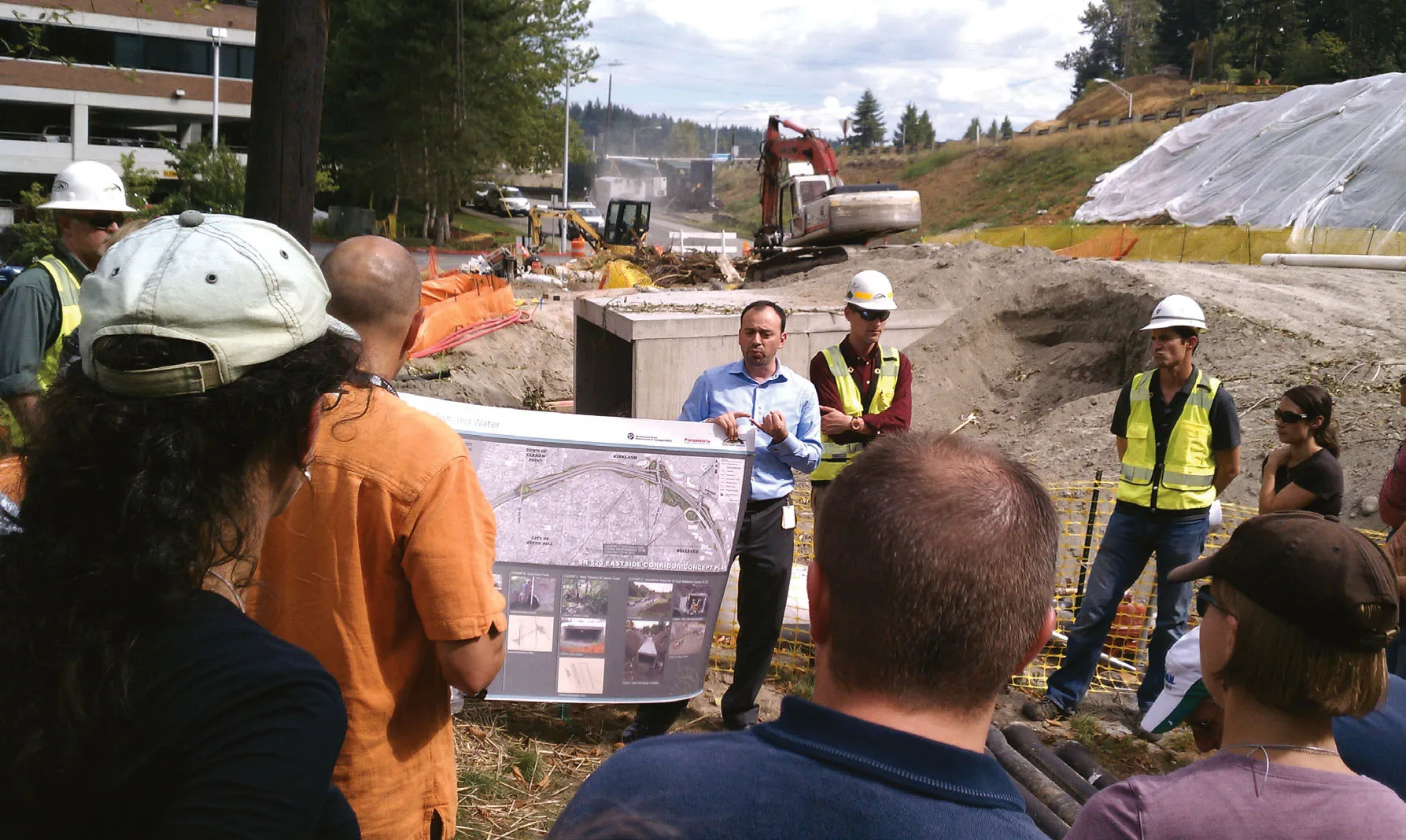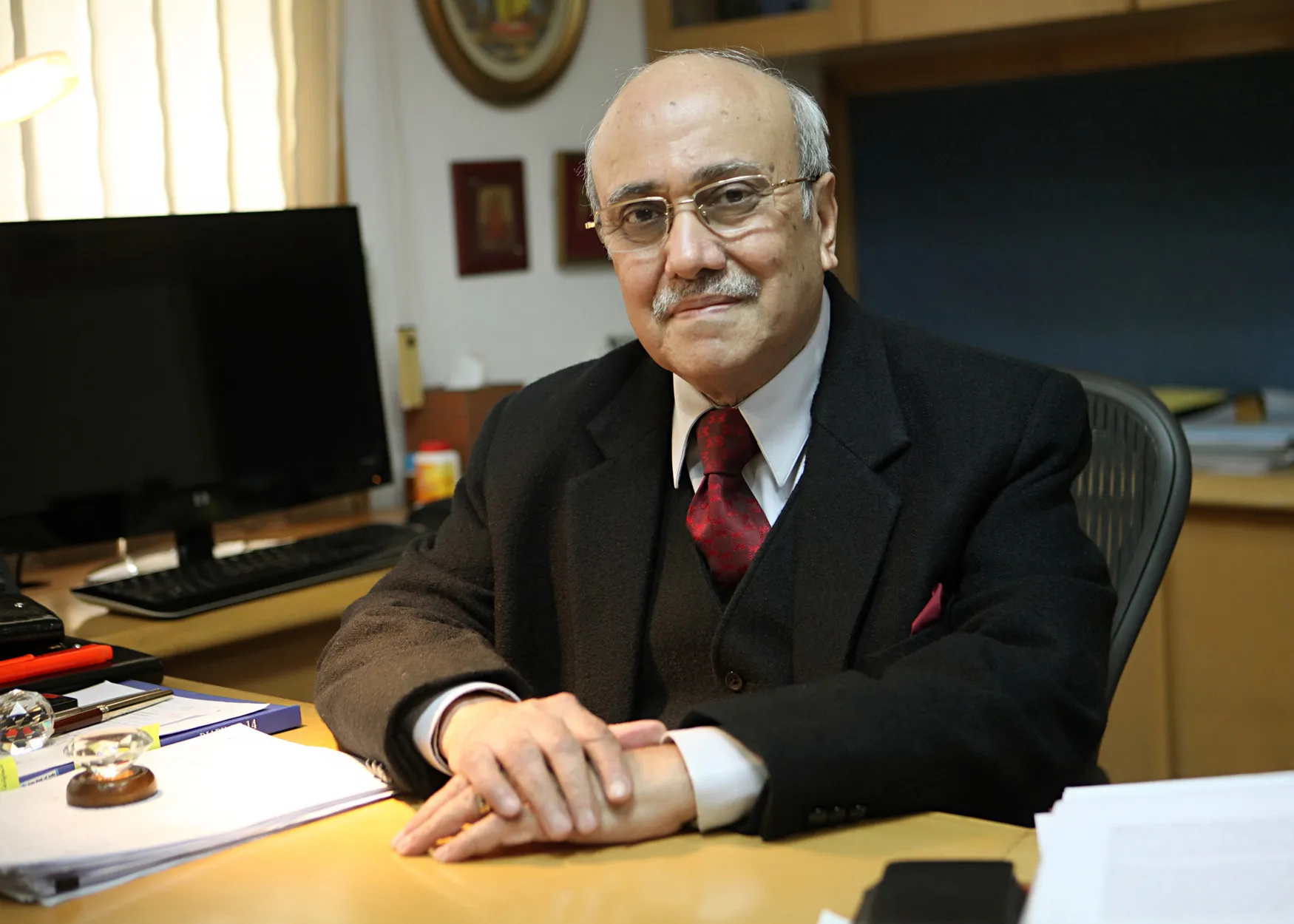The ICOET 2011 event proved a success for sustainable transportation – *Leonard Sielecki
February 23, 2012
Read time: 5 mins

The ICOET 2011 event proved a success for sustainable transportation – *Leonard Sielecki
With over 500 delegates from 21 countries, the recent 2011 International Conference on Ecology and Transportation (ICOET) held in Seattle, Washington, USA proved a success.Organised and co-sponsored by the
The conference theme was Sustainability in Motion for transportation solutions that protect natural ecosystems while supporting economic growth and community development. Dr Mark L Shaffer, a pioneer in conservation biology, and the National Climate Change Policy Advisor, United States Fish and Wildlife Service, was the conference’s keynote speaker. Dr Shaffer spoke about the need and mechanisms available to complete a comprehensive nationwide habitat conservation system across the United States. During the conference, 165 technical papers and posters were presented by many of the leading experts in road ecology, transportation planning and engineering.
Delegates included: Richard TT Forman,
The papers and posters provided a global perspective on both the state of the art and the state of the practice in addressing ecological issues associated with designing, constructing and maintaining sustainable transportation infrastructure. The conference sessions were divided into four major tracks: environmental and habitat connectivity; infrastructure construction, operations and maintenance; wildlife crossings and barriers; and environmental and infrastructure sustainability.
The topics were varied and included sustainable dust control on low-volume roads and controlling invasive alien species of vegetation in verges. They also extended to the conceptual, such as the evolutionary effects of roads on amphibians and the carbon footprint of lifestyles. The range of the challenges faced by transportation agencies designing transportation infrastructure in sensitive environments was demonstrated by presentations involving European wildcats in the forests of Germany; jaguars in the Yucatan jungles of Mexico; butterflies in highway verges in Oregon State, USA; Coconut crabs on Green Island in Taiwan; zebras and wildebeests in the Serengeti of Tanzania; and Southern Cassowary, very large ancient birds, in north-eastern Australia. The conference’s well attended networking events and activities, co-sponsored by
Highlights of the conference included the FHWA 2011 Environmental Excellence Awards, presentations by the 2010 ARC International Wildlife Crossing Infrastructure Design competition finalists, and three extremely interesting field trips conducted by WSDoT. The FHWA 2011 Environmental Excellence Awards were given by the FHWA to acknowledge US state and local organisations, projects and professionals who excelled in forging creative solutions and innovations to balance the needs of safe and efficient transportation networks with protecting and enhancing the natural environment. Twelve awards were presented for achievements ranging from environmental leadership and environmental research, to non-motorised transportation and recycling. In the ARC International Wildlife Crossing Infrastructure Design competition, some of the world’s leading engineers, ecologists, and design professionals participated in interdisciplinary teams to develop innovative, but buildable and cost-effective, ecologically responsive concept designs for wildlife crossing structures.
In a special conference session, the top five finalists in the competition presented their designs and answered questions from the conference delegates. Scale models of the crossing structures were also put on display in the conference.
With partners, such as the Jamestown S’Klallam Tribe, the City of Seattle, and the
The Interstate 90 (I-90) Snoqualmie Pass East Project field trip explored how ecological connectivity for terrestrial and aquatic species of wildlife and vegetation is an integral component of the highway improvements underway in the physically challenging environment of a key mountain pass in the Cascade Mountains east of Seattle. The Olympic Peninsula and Puget Sound Aquatic Ecosystems field trip showcased the protection and restoration of natural resources critical to salmon, an iconic economic and cultural species for the indigenous peoples of the Pacific Northwest. The Seattle Metropolitan Area field trip highlighted the challenges of protecting natural environments while meeting the transportation needs of a thriving metropolitan area.
Since its inception in 2001, ICOET has grown dramatically as the appreciation and awareness of developing sustainable transportation systems has grown. This year, ICOET 2011 was officially recognised for formal professional development credit by six certification and licensure agencies, including the American Institute of Certified Planners (AICP), the American Society of Landscape Architecture (ASLA), and State Professional Engineers Licensure.
ICOET has begun working closely with Infra Eco Network Europe (IENE), Europe’s leading association of national authorities, institutes and experts. IENE aims to provide a safe and ecologically sustainable pan-European transport infrastructure. To maximise opportunities for dialogue between members, ICOET and IENE are scheduling their conferences to occur on alternating years. In 2012, the IENE conference will be held in Germany, followed in 2013 by the ICOET conference in Arizona, USA.






